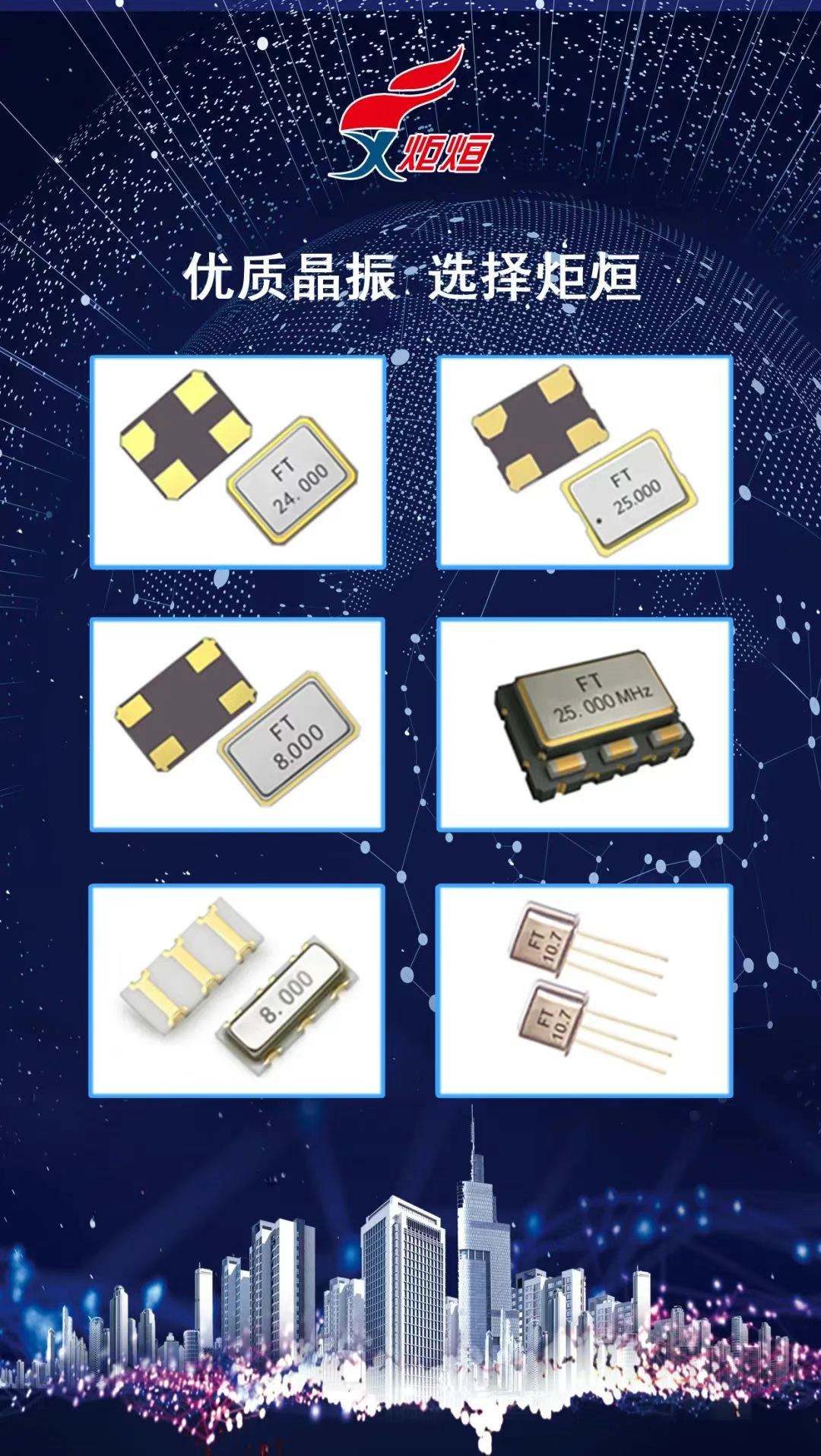Voltage-Controlled Crystal Oscillators

Voltage-Controlled Crystal Oscillator (VCXO) is a type of quartz crystal oscillator primarily used in frequency modulation (FM) and phase-locked loop (PLL) technologies. It offers advantages such as excellent transmission performance, strong anti-interference capability, and low power consumption.
The oscillation frequency of a VCXO, determined by the crystal, can be altered or modulated by applying a control voltage via an infrared interface. Its frequency can be finely adjusted within a small range through this control voltage, typically ranging from 0V to 2V or 0V to 3V. The tuning range of a VCXO generally spans 100 ppm to 200 ppm.
With the rapid advancement of electronic technology, quartz crystal oscillators have found increasingly widespread applications across various fields. They are extensively used in communication systems, navigation, radar, aerospace, frequency/time standard signal sources, and equipment. In recent years, they have also been widely adopted in consumer products such as quartz clocks, electronic watches, and color televisions. Among these, VCXOs are mainly applied in FM and PLL technologies. Owing to their superior transmission performance, strong anti-interference capability, and power efficiency, they serve as critical components in many ground-based and airborne mobile communication systems employing frequency modulation.
Structure Principle of VCXO:
A VCXO primarily consists of a quartz resonator, a varactor diode, and an oscillation circuit. Its operating principle relies on varying the capacitance of the varactor diode through the control voltage, thereby “pulling” the frequency of the quartz resonator to achieve frequency modulation.
Working Principle of VCXO:
VCXOs typically utilize AT-cut quartz resonators. Frequency adjustment is achieved by introducing a tunable element (usually a varactor diode) into the oscillation circuit. The varactor diode is a component whose capacitance changes with the applied reverse voltage. By adjusting the voltage across the varactor, the load capacitance of the quartz resonator changes, consequently shifting the resonant frequency of the oscillation circuit to realize voltage-controlled tuning.







